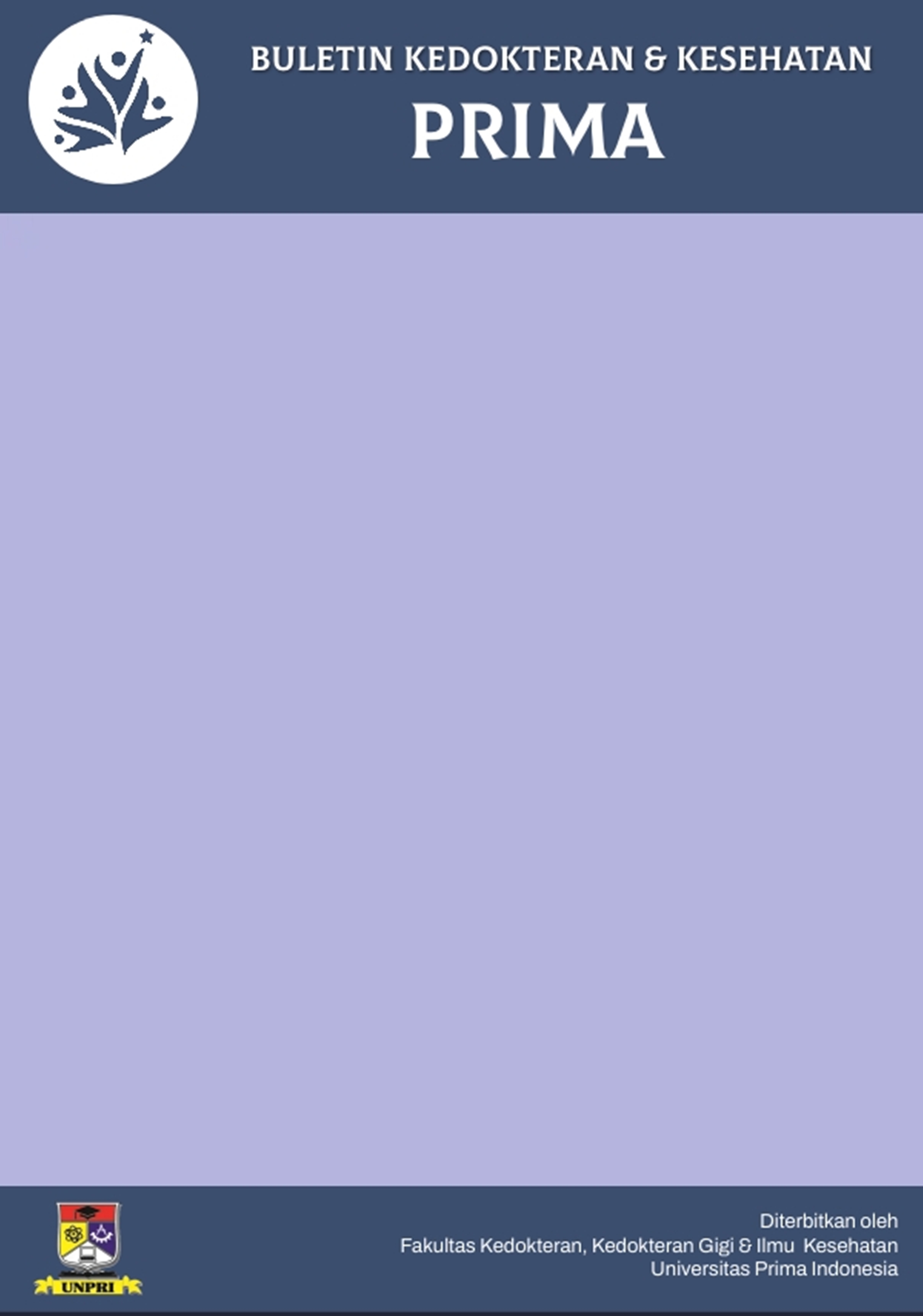Abstract
The kidneys are a pair of organs within the urinary system, located in the upper retroperitoneal cavity, functioning in blood filtration, reabsorption, and secretion through diffusion processes involved in blood purification and urine formation. The kidneys are highly susceptible to damage from exposure to nephrotoxic drugs, one of which is isoniazid. Avocado seeds (Persea americana Mill.) are known to contain antioxidant compounds with potential protective effects against renal tissue damage. This study aimed to examine the effect of avocado seed extract on the histopathological changes in the kidneys of white rats induced with isoniazid. The research employed an experimental design using 25 male rats divided into five groups: positive control (K+), negative control (K–), and three treatment groups receiving avocado seed extract at doses of 100 mg/kg body weight (P1), 200 mg/kg body weight (P2), and 400 mg/kg body weight (P3). Isoniazid induction was administered to all groups except the positive control. After a 14-day treatment period, kidney samples were collected for histopathological analysis using hematoxylin-eosin (HE) staining. The observations indicated that avocado seed extract effectively improved renal histological structure in white rats (Rattus norvegicus) induced with isoniazid. In the treatment group III, renal histological improvement was observed, with only 5–25% structural damage or a score of 1, compared to groups I and II, which showed 25–50% damage or a score of 2.

This work is licensed under a Creative Commons Attribution-NonCommercial 4.0 International License.
Copyright (c) 2025 Khairunnisya Lubis, Asyrun Alkhairi Lubis, Novitaria Br Sembiring
